thriveCanada
TPF Noob!
- Joined
- Sep 20, 2009
- Messages
- 18
- Reaction score
- 0
I'm having doubts as to the quality of image I'm getting from my new 40d. I just got it to replace a rebel that has back focus issues. You can see the issues in the next two links. The 40d appears to be focusing properly:
http://www.thrive.ca/photos/dof-rebel.jpg
http://www.thrive.ca/photos/dof-40d.jpg
and here's a couple of raw files comparing the two focusing on the label of the bananas:
http://www.thrive.ca/photos/compare.zip
Should I be expecting something sharper out of the 40d? What level of sharpness should reasonably be applied to a raw file?
DATA:
Rebel xti compared to a 40d with a 24-70 L USM.
http://www.thrive.ca/photos/dof-rebel.jpg
http://www.thrive.ca/photos/dof-40d.jpg
and here's a couple of raw files comparing the two focusing on the label of the bananas:
http://www.thrive.ca/photos/compare.zip
Should I be expecting something sharper out of the 40d? What level of sharpness should reasonably be applied to a raw file?
DATA:
Rebel xti compared to a 40d with a 24-70 L USM.


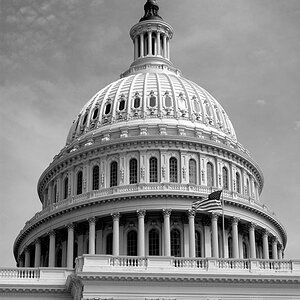
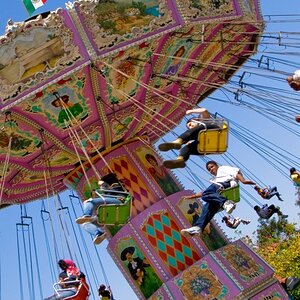
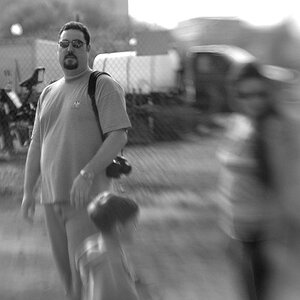
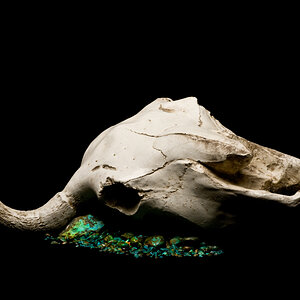
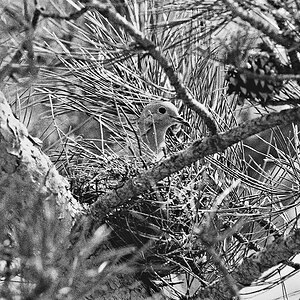
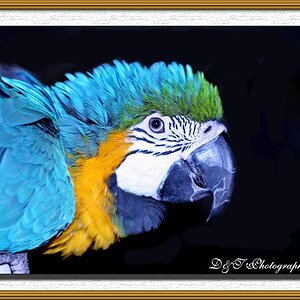
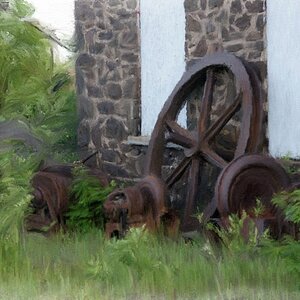
![[No title]](/data/xfmg/thumbnail/32/32700-18534997be82e5150c566a9e67a00471.jpg?1619735602)

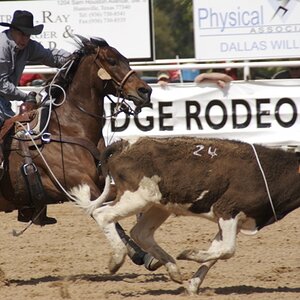
![[No title]](/data/xfmg/thumbnail/32/32703-dc864e762c9e91088156fdcab4aeea33.jpg?1619735606)
